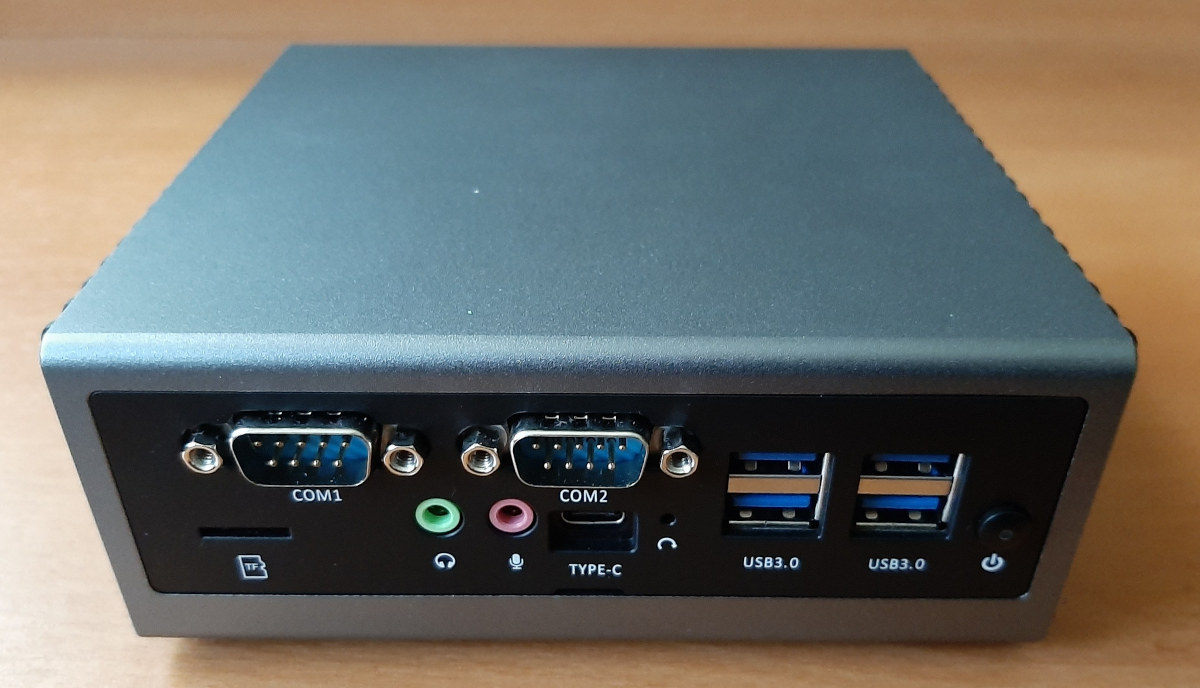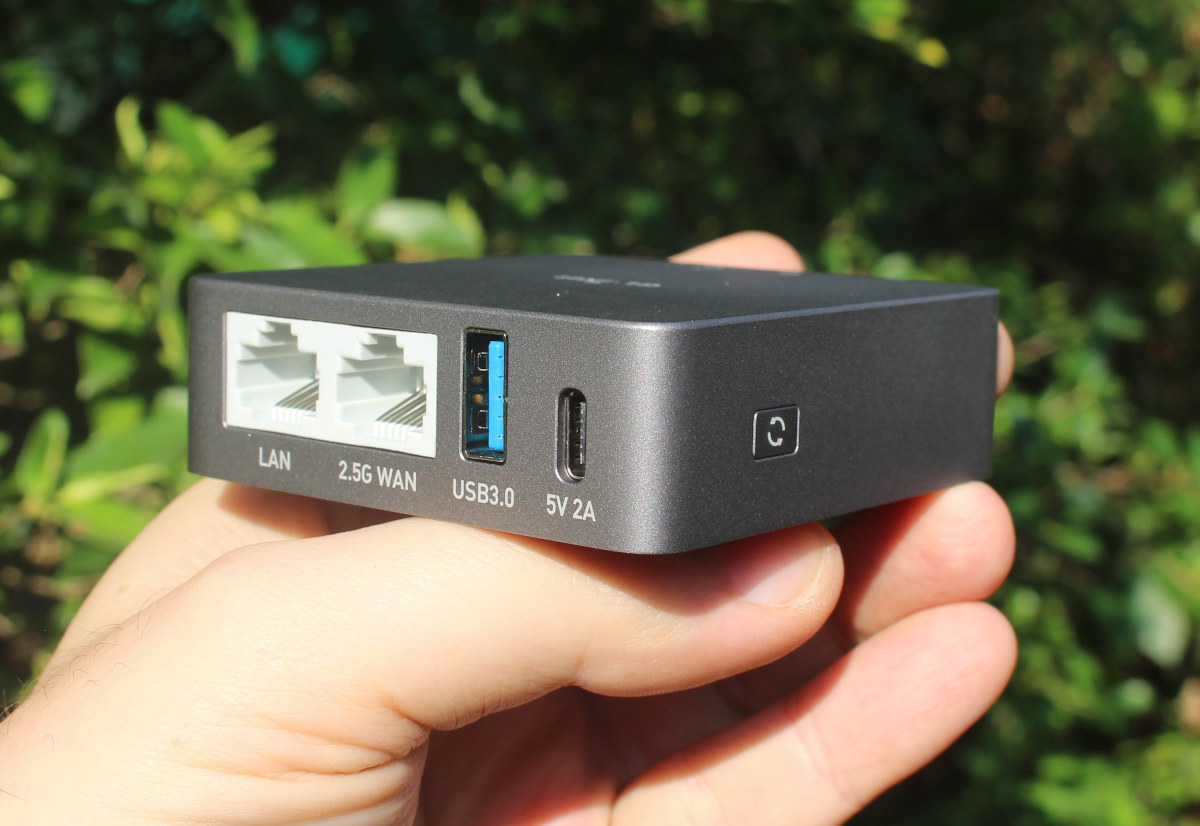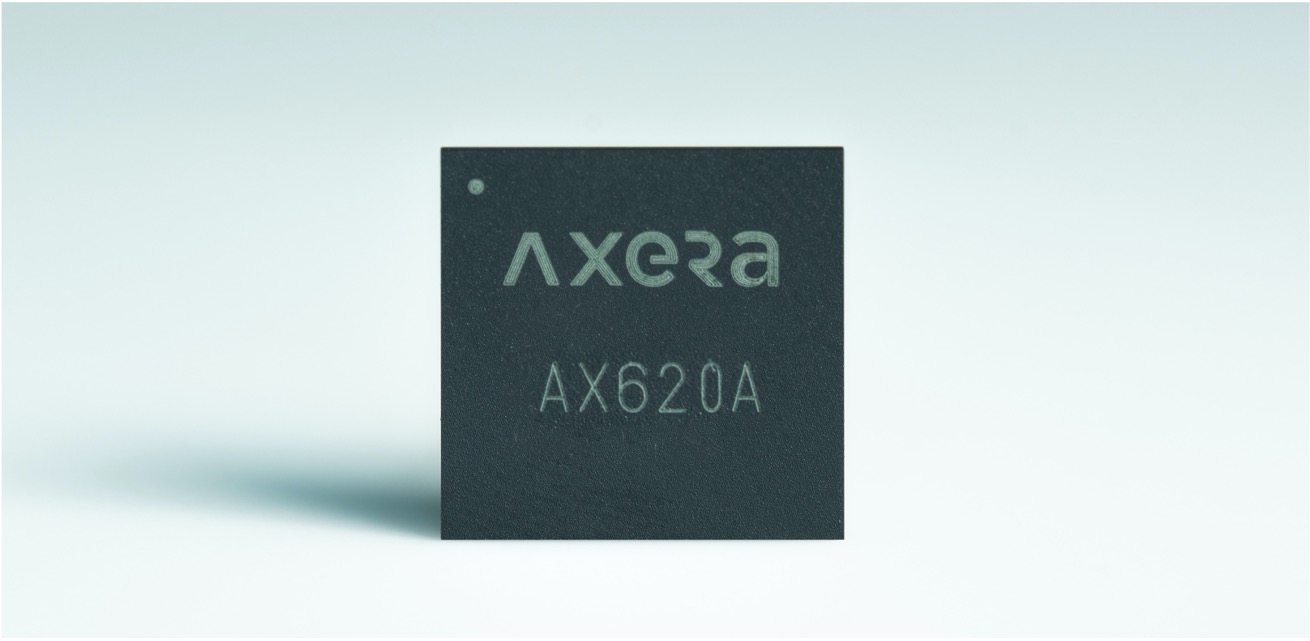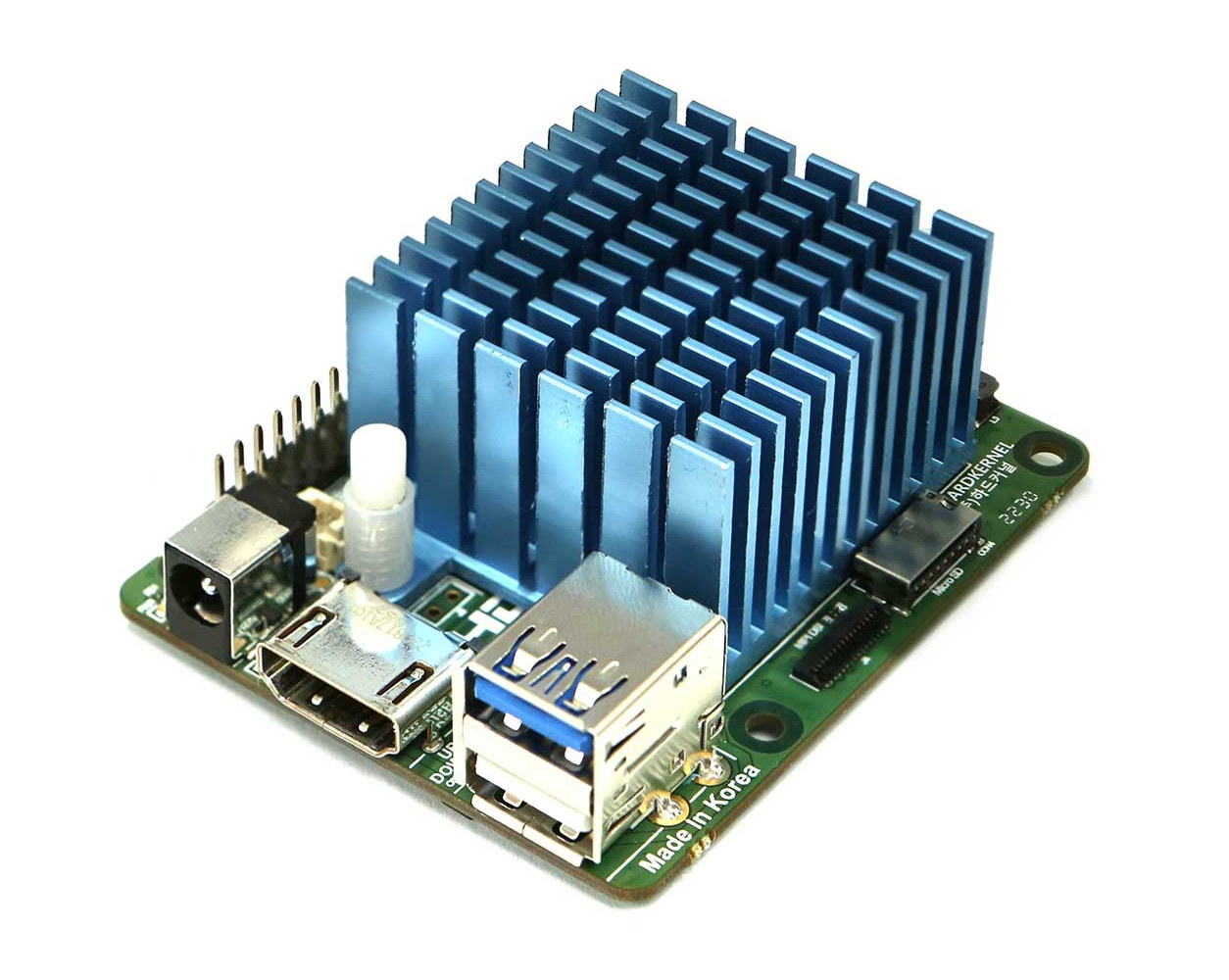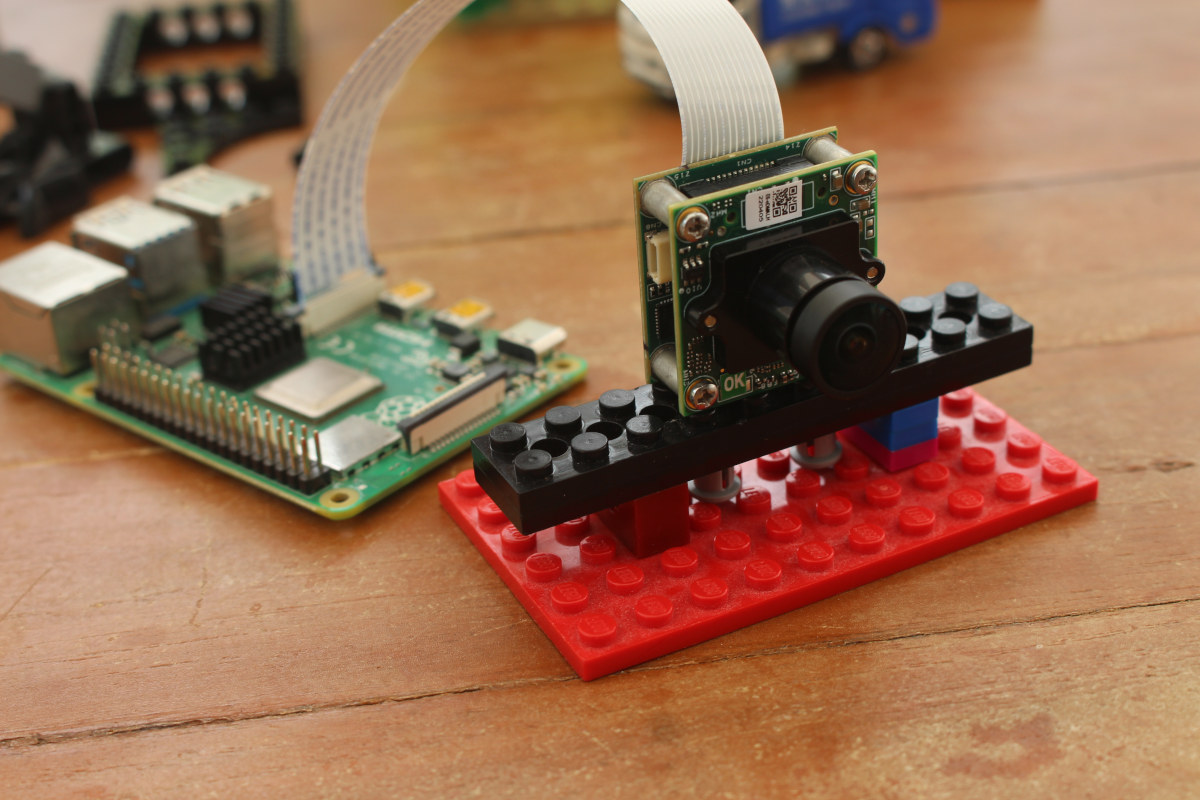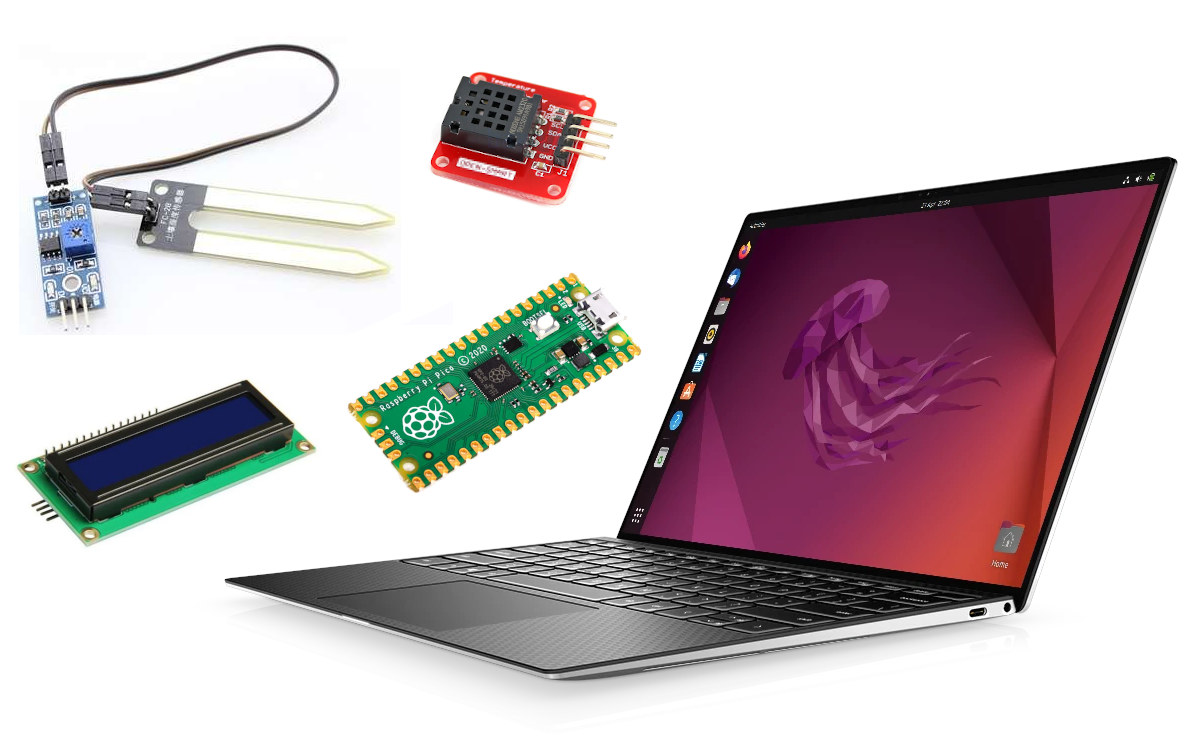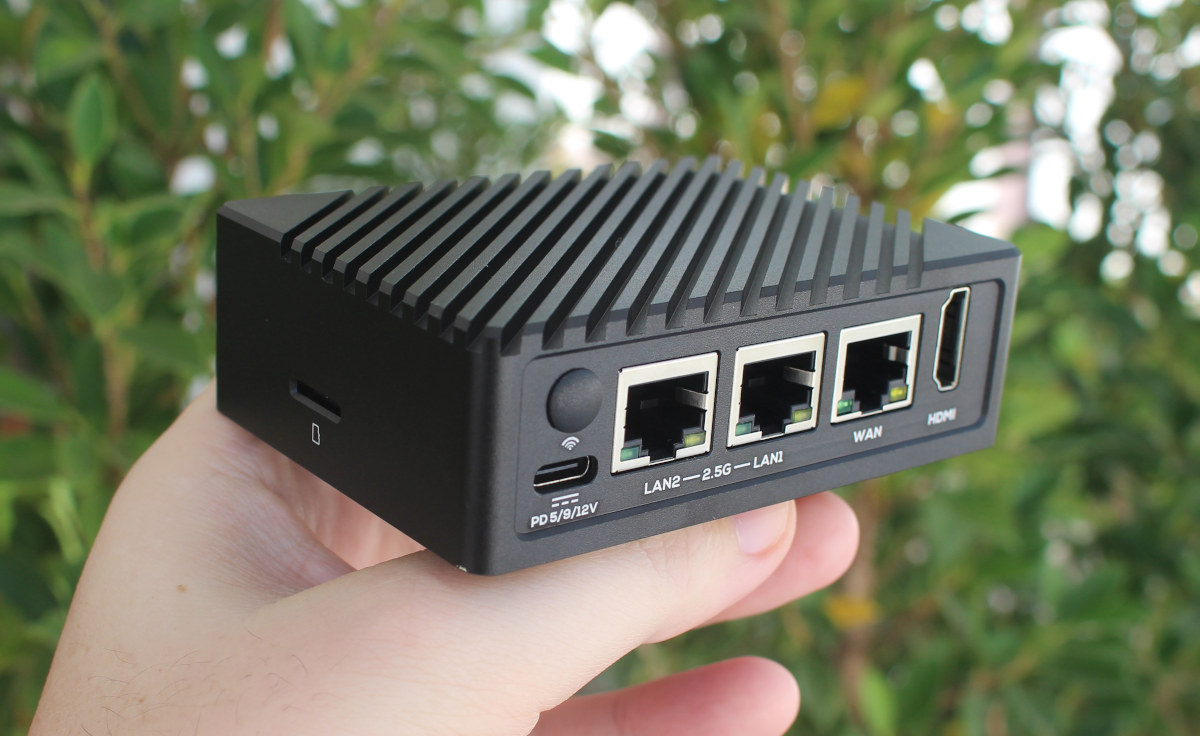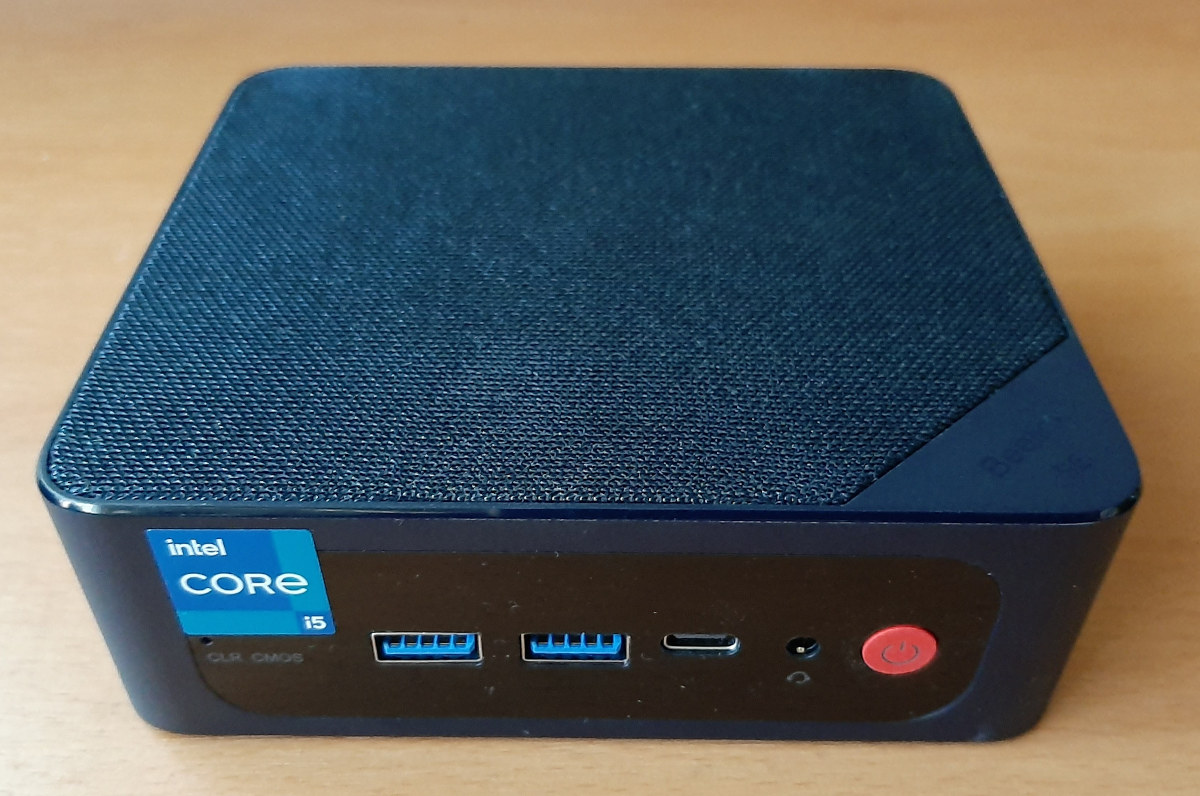Weibu is a B2B company offering total solutions and OEM/ODM services. Their target clients are computer manufacturers like Acer and Hisense as they don’t sell directly to end users. With their products both the specifications and accessories can be customized according to their customer’s requirements. One of their product lines is mini PCs and they have sent a pre-production sample of their N10 design to showcase their capabilities. In this review, I will look at the various options available for the N10 and briefly look at performance running both Windows and Ubuntu. Weibu N10 hardware overview The key selling feature of this mini PC is the wide range of ports suitable for commercial/industrial usage together with various options for the processor. The N10 is an actively cooled mini PC and the device is 145 x 128 x 54mm (5.71 x 5.04 x 2.13 inches) large with a metal top that […]
GL.iNet GL-MT2500A security gateway review – Part 1: Unboxing and teardown
The Brume 2 security gateway/router is powered by a MediaTek MT7981B (Filogic 820) dual-core processor @ 1.3 GHz and is available as the GL-MT2500A with a metal enclosure or the GL-MT2500 with a plastic case. GL.iNet sent me the GL-MT2500A for review. In the first of the review, we’ll have a look at the device and accessories, and tear it down to check out the hardware design and main components. I’ll then need some time to test OpenWrt 21.02 and features such as WireGuard and OpenVPN, AdGuard Home, Tor Anonymity, and soon. GL.iNet GL-MT2500A (Brume 2) unboxing The router ships with a short Ethernet cable, a 5V/2A USB Type-C power supply with EU, US, and UK plug adapters, and some minimal documentation that points to the users to more detailed online documentation and support on the company’s Facebook page. There’s not much too see on the front panel and right […]
AXERA AX620A 4K AI SoC delivers up to 14.4 TOPS for computer vision applications
AXERA AX620A is a high-performance, low-power AI SoC with a quad-core Arm Cortex-A7 processor and a 14.4TOPs @ INT4 or 3.6TOPs @ INT8’s NPU that is slightly inferior to the Amlogic A311D, and mainly used for AI vision applications. With high computing power and built-in image processing capabilities, the AX620A can support a wide range of AI workloads. It also offers low power consumption with low standby power and fast wake-up, so the chip can be integrated into battery-powered products. AXERA AX620A specifications: CPU – Quad-core Arm Cortex-A7 @ 1.0 GHz with 32KB L1 I-cache + 32KB L1 D-cache per core, 256KB L2 cache, FPU and NEON NPU – 14.4 TOPS @ INT4, 3.6 TOPS @ INT8 with support for Imagenet, AlexNet, VGG, ResNet, GoogLeNet, Faster R-CNN, SSD, FPN, Yolo V3, and other neural networks. ISP Proton AI-ISP up to 4Kp30 4 channels of camera support up to 4x 1080p30 Support […]
ODROID-N2L is a smaller, low-cost variant of ODROID-N2+ Arm SBC
ODROID-N2L SBC is a smaller and cheaper version of the ODROID-N2+ single board computer powered by an Amlogic S922X hexa-core Cortex-A73/A53 processor and offered with 2GB or 4GB single-chip LPDDR4X memory. While the ODROID-N2+ is the most popular board from Hardkernel, it’s also fairly larger than most hobbyist SBCs on the market, and following requests from customers, the company designed the ODROID-N2L with a compact form factor that is smaller than Raspberry Pi Model B SBCs and sold at a lower price at the cost of missing some of the features of its big brother. ODROID-N2L specifications: SoC – Amlogic S922X hexa-core big.LITTLE processor with 4x Arm Cortex A73 cores @ up to 2,208/2,400 MHz, 2x Arm Cortex A53 cores @ 1,908/2,016GHz, Arm Mali-G52 GPU @ 846MHz; 12nm manufacturing process System Memory – 2GB or 4GB LPDDR4 @ 3216 MT/s Storage – eMMC flash module socket up to 128GB, microSD […]
Giveaway Week – e-con Systems e-CAM20_CURB camera
Today, we’re giving away the e-con Systems e-CAM20_CURB is a 2.3MP color camera with a global shutter that is designed to work with Raspberry Pi 4 SBC. The camera is based on ON Semiconductor AR0234CS CMOS sensor and supports uncompressed video at 1920 x 1200 (2.3MP) up to 60 fps, 1920 x 1080 (Full HD) up to 65 fps, and 1280 x 720 (HD) up to 120 fps. I just completed the e-CAM20_CURB camera review with Raspberry Pi 4 last weekend and found the video smoothness and quality to be much better than most cameras I’ve tried when there is motion, even in relatively dark scenes, since motion blur and artifacts are reduced. The company provides Yocto Linux and Raspbian/Raspberry Pi OS images with V4L2 drivers and Gstreamer tools, and the camera was fairly easy to use with the Yocto image thanks to the useful documentation provided with the kit. […]
RP2040 firmware converts Raspberry Pi Pico into a an I2C to USB bridge
Nicolai Electronics’ rp2040-ic2-interface open-source firmware for the Raspberry Pi Pico (or other Raspberry Pi RP2040 boards) converts the board into an I2C to USB bridge to connect any I2C sensor or module to a PC or other hardware without GPIOs. The firmware implements the USB protocol expected by the I2C-Tiny-USB kernel driver used by the original I2C-Tiny-USB project for Microchip ATMega 8-bit AVR microcontrollers. The RP2040 is however not a fork of the original project, but instead a complete re-implementation of the firmware. You’ll need to connect your I2C sensor, display, or another module to the SDA (GPIO 2) and SCL (GPIO 3) pins of the Raspberry Pi RP2040 microcontroller and flash the “pre-release” firmware to the board. You’ll find it together with the source code written in C language on GitHub. Note the project has a “proof of concept status” and more testing is needed to make sure that […]
Giveaway Week – NanoPi R5S router
It’s that time of year… CNX Software giveaway week! For the 9th edition, we’ll have seven items to give away, five that I will send myself, and two that will be sent directly from two companies that accepted to add their own products to the giveaway. We’ll start the giveaway with NanoPi R5S router based on Rockchip RK3568 SoC with 2 GB DDR4 RAM, 8GB eMMC flash plus an M.2 socket for NVMe SSD, two 2.5GbE Ethernet ports, one Gigabit Ethernet port, as well as HDMI 2.0 video output and two USB 3.0 ports. I reviewed the NanoPi R5S router with OpenWrt and Ubuntu 20.04 “FriendlyCore”, but I had to call this a “preview” since 2.5GbE was far from optimal, sometimes only a little faster than with a Gigabit Ethernet link. But I can see the company has released new images, including one based on the latest OpenWrt 22.03, […]
Beelink SEi12 Alder Lake mini PC review with Windows 11, Ubuntu 22.04
Beelink have launched their first Intel Alder Lake mini PC calling it the SEi12. Featuring a mobile 12th gen Core-i5-1235U processor it is also their first mini PC to incorporate a PCIe4 NVMe slot. Beelink kindly sent one for review and I’ve looked at the performance running both Windows 11 and Ubuntu 22.04. Beelink SEI12 hardware overview The Beelink SEi12 physically consists of a 126 x 113 x 42mm (4.96 x 4.45 x 1.65 inches) square metal case with a new and innovative waterproof fabric-covered top. As an actively cooled mini PC, it uses Intel’s Alder Lake Core i5-1235U processor which has a thread count of 12 with 2 ‘performance’ cores boosting to 4.40 GHz and 8 ‘efficient’ cores boosting to 3.30 GHz and includes Intel’s Iris Xe Graphics. The front panel has an illuminated power button, a 3.5mm headphone jack, a data-only Type-C USB 3.1 port, dual USB 3.1 […]


